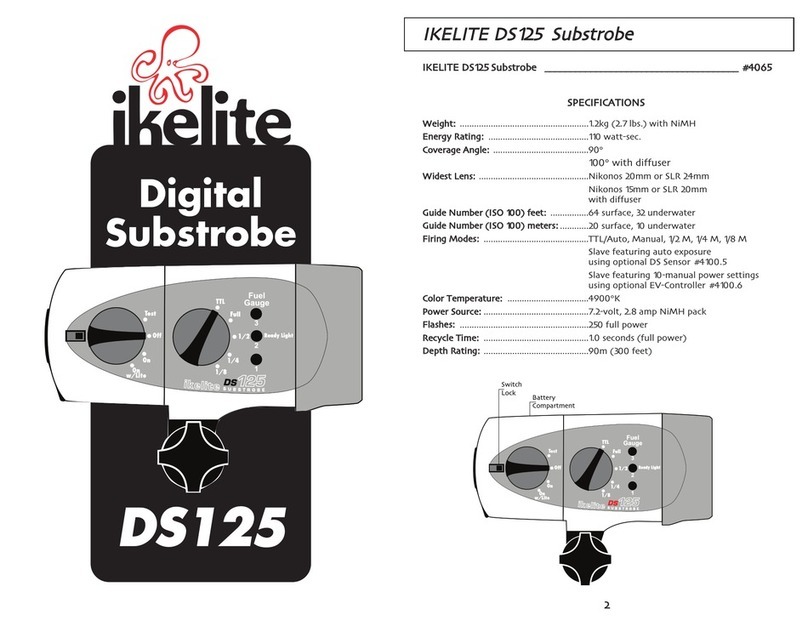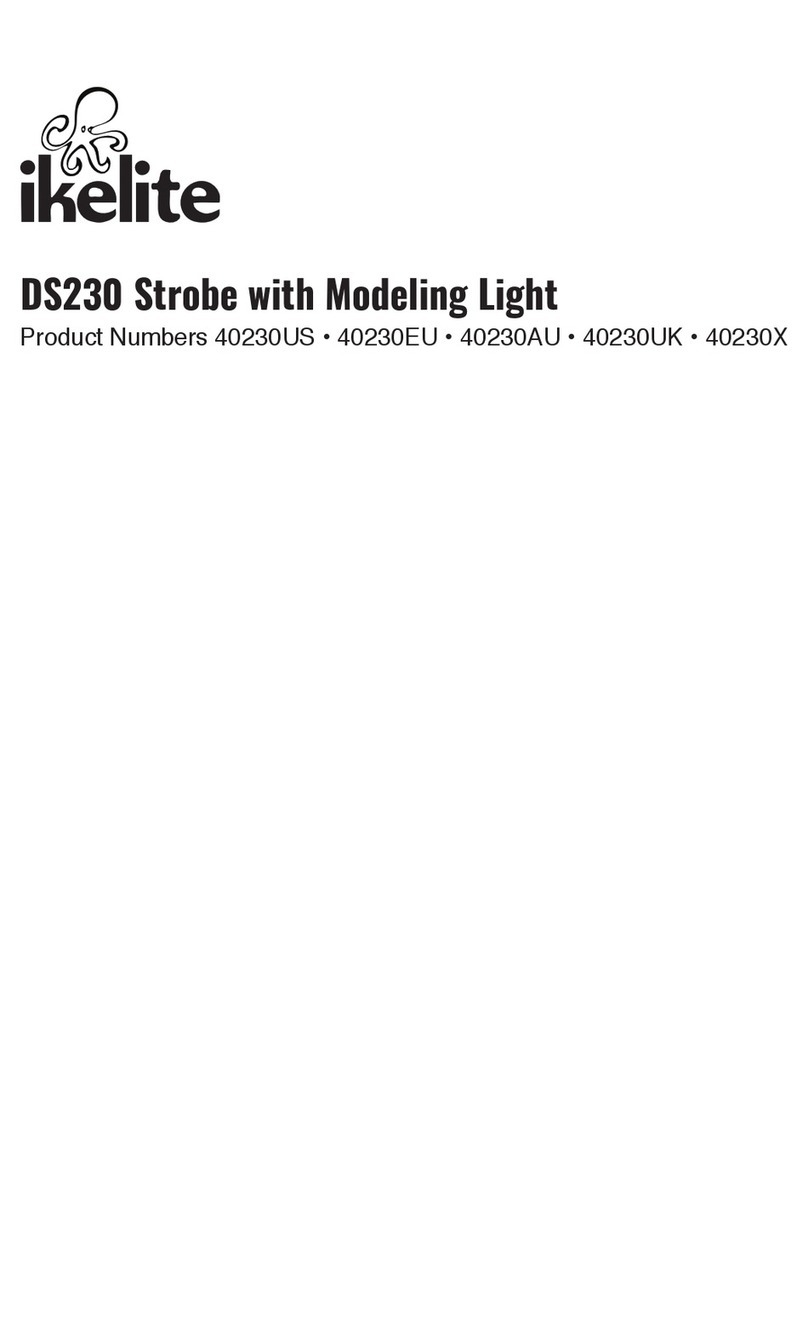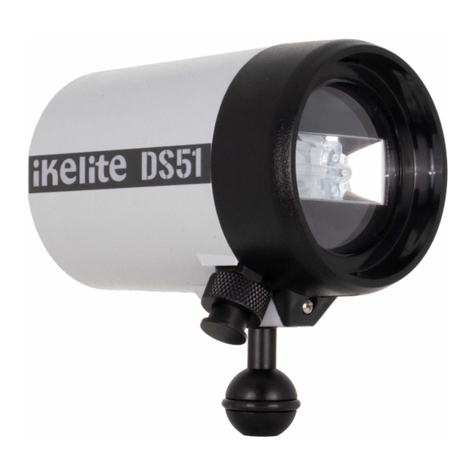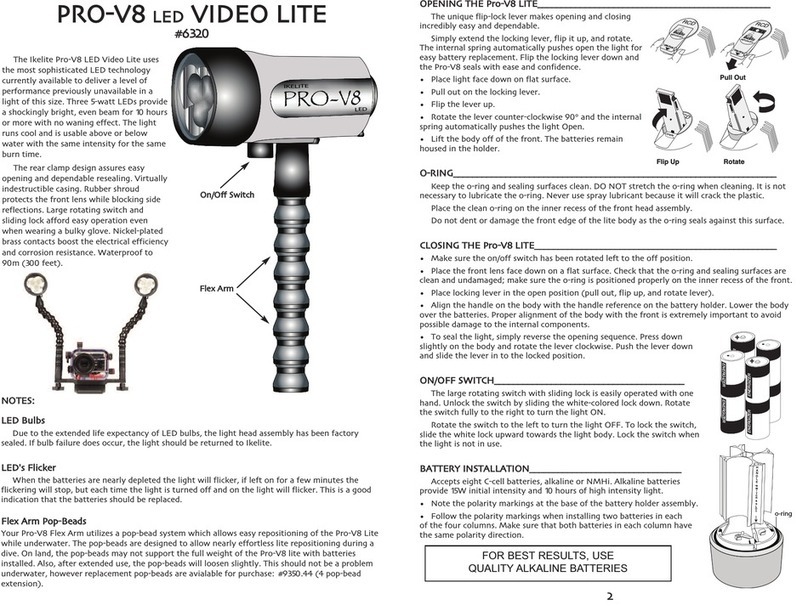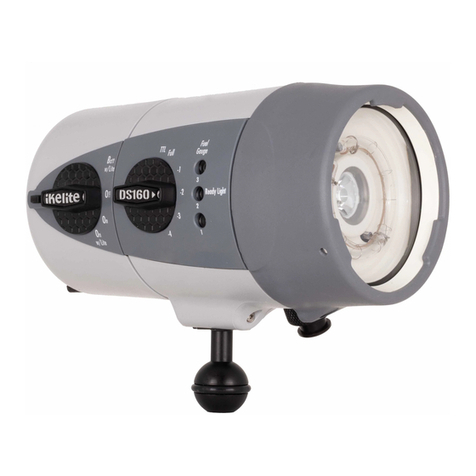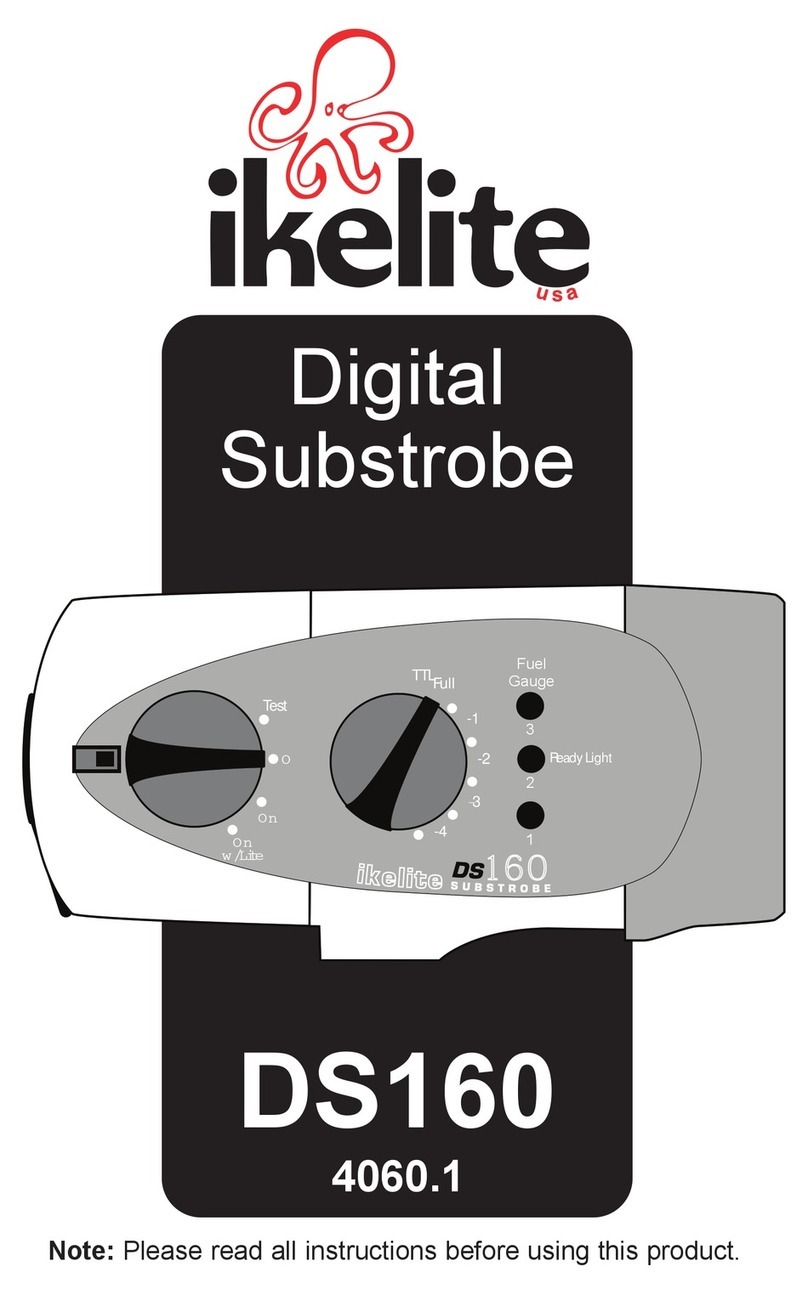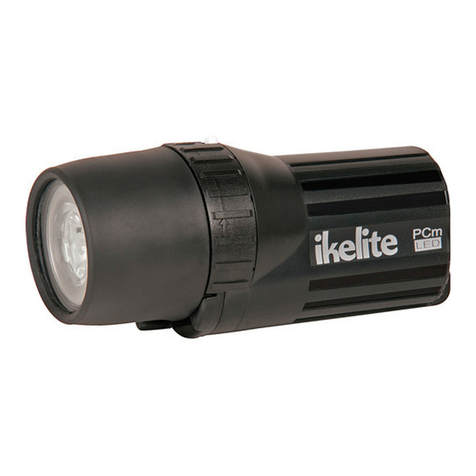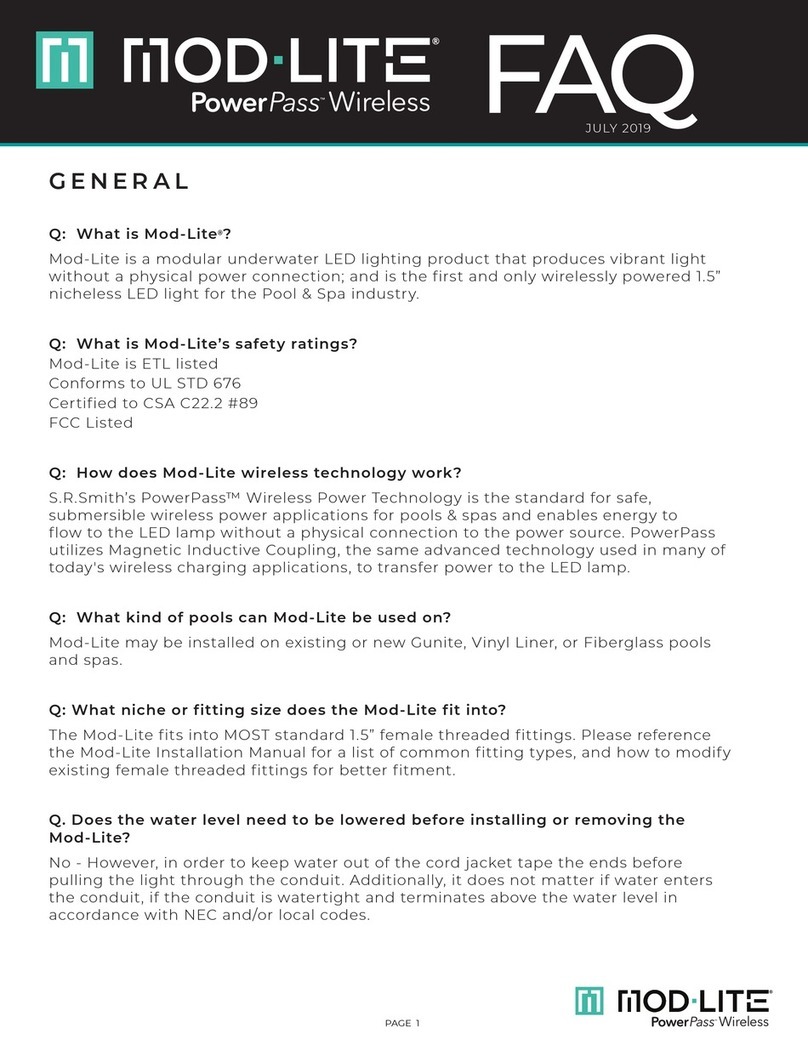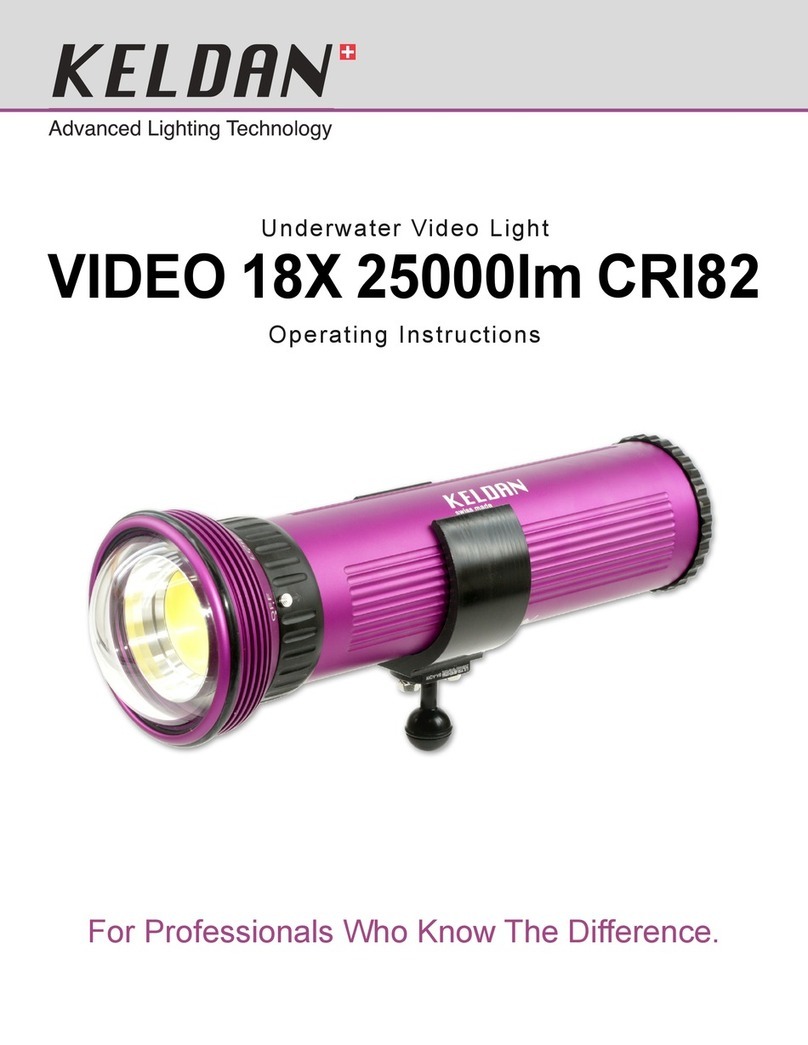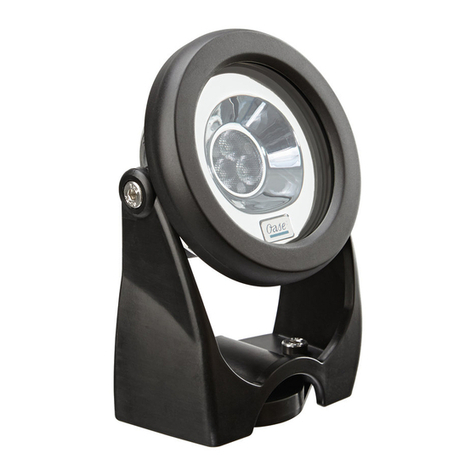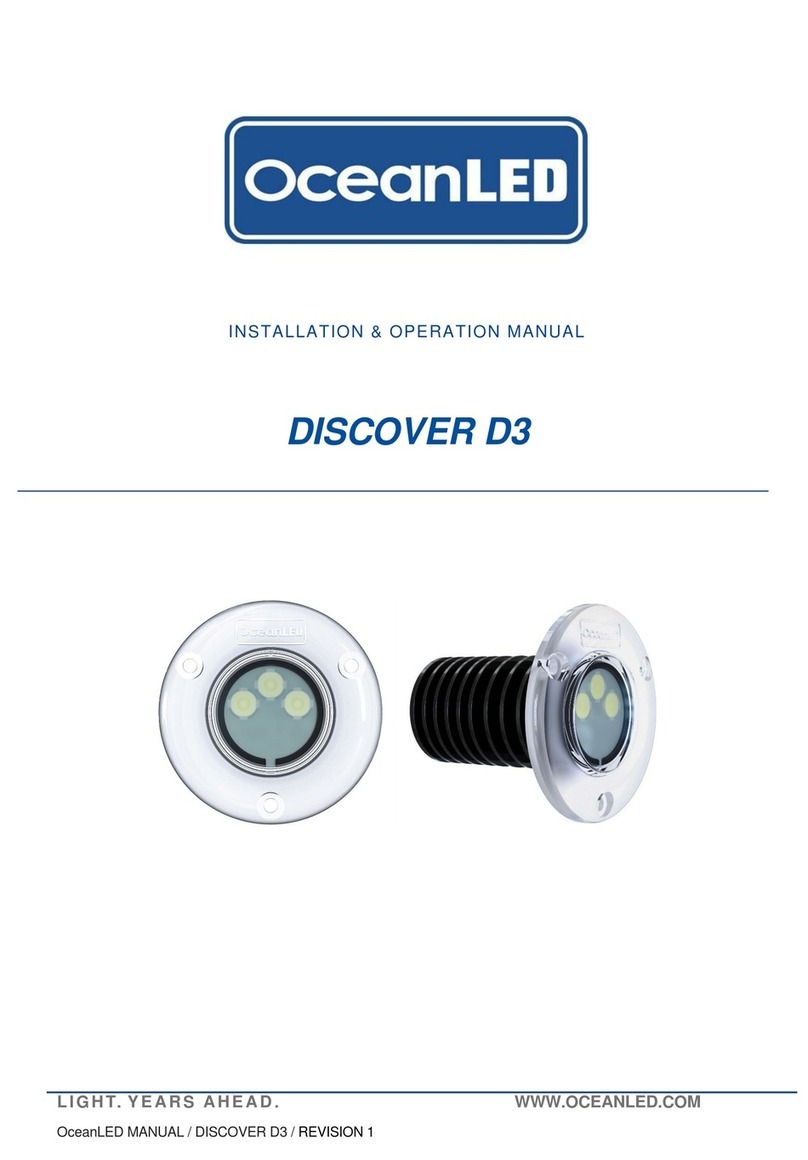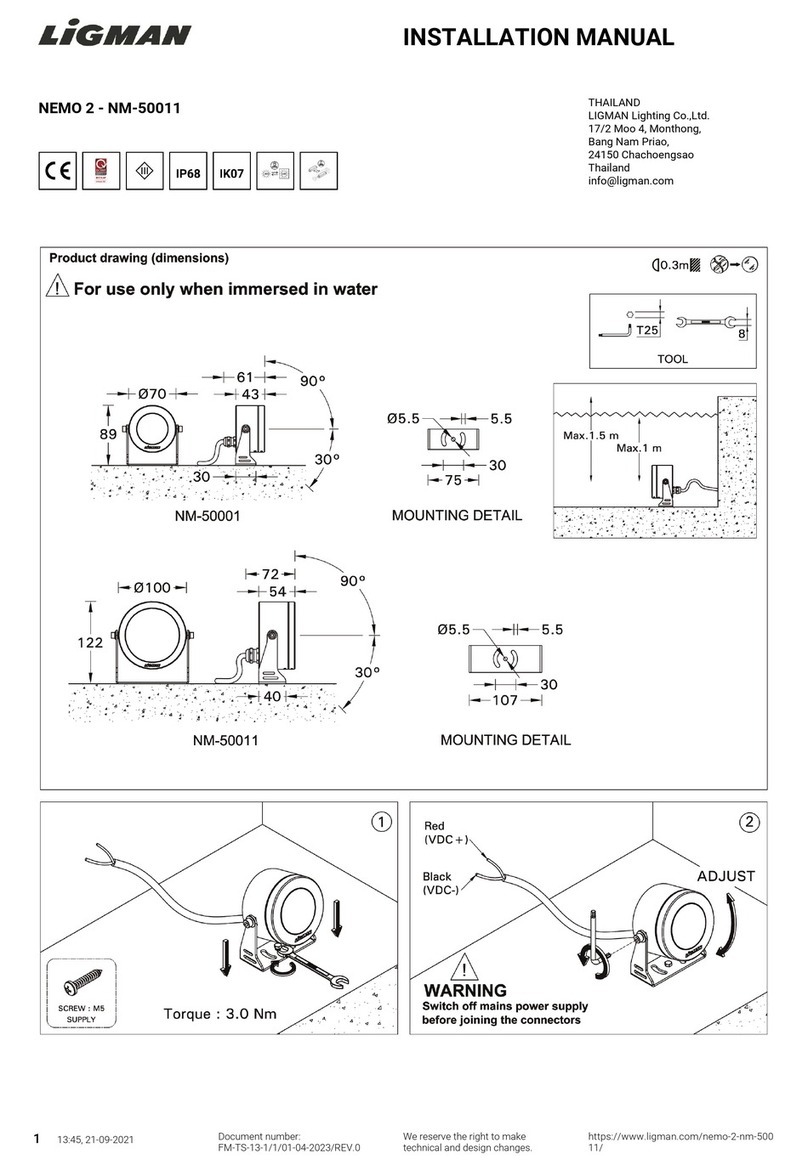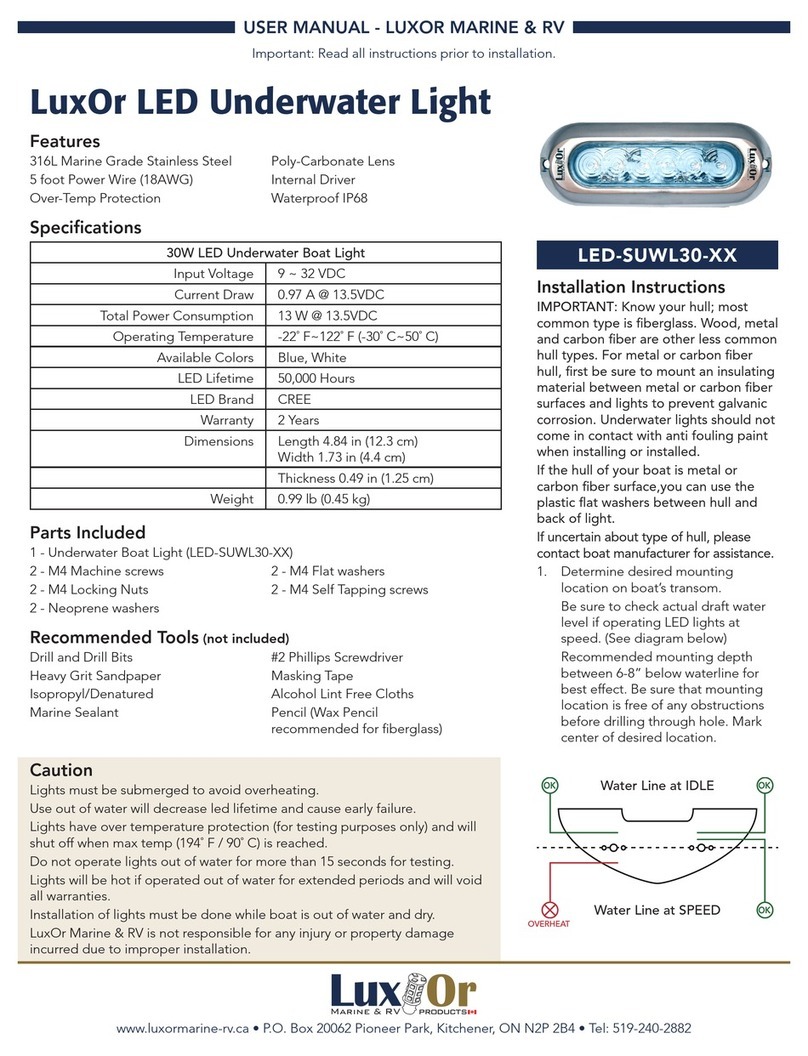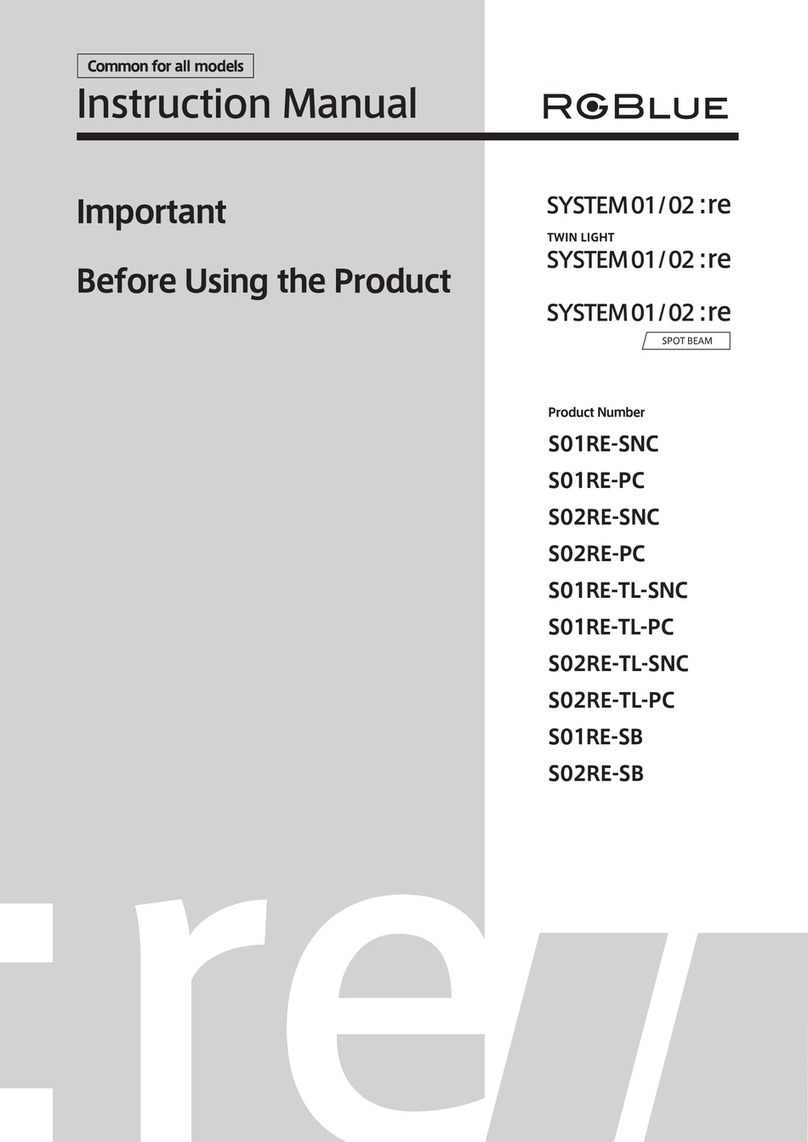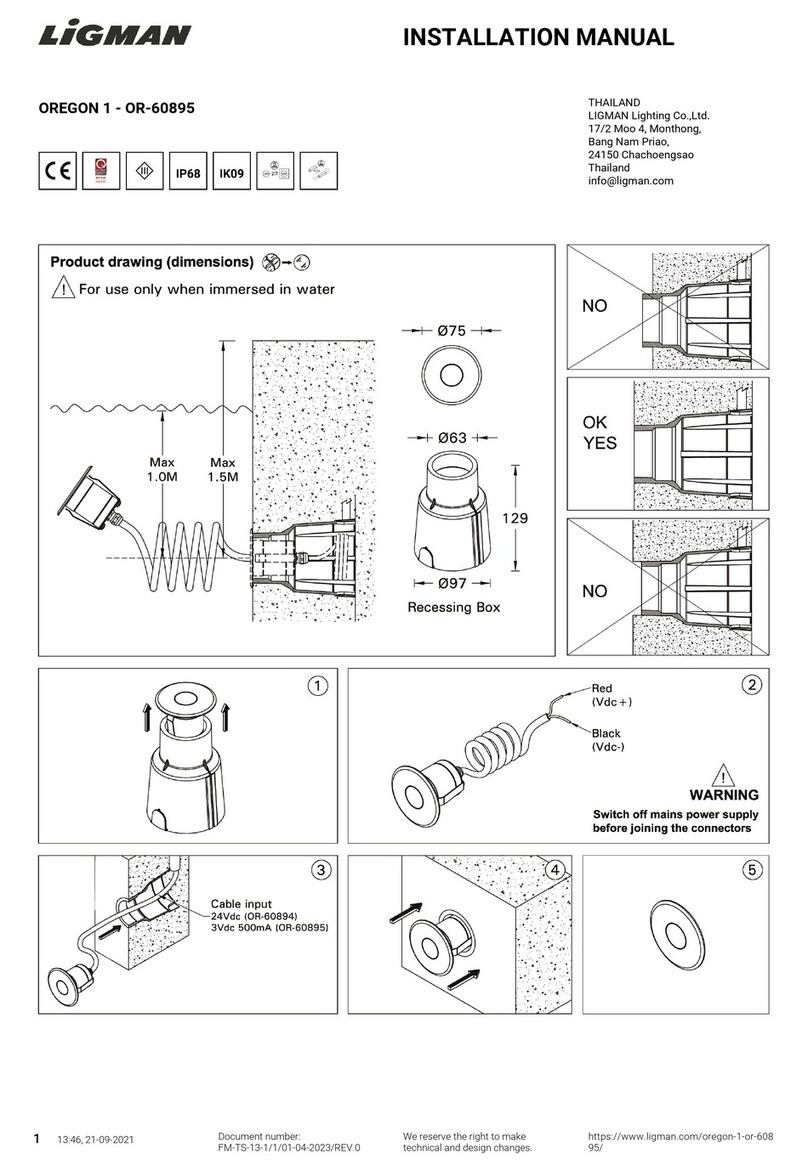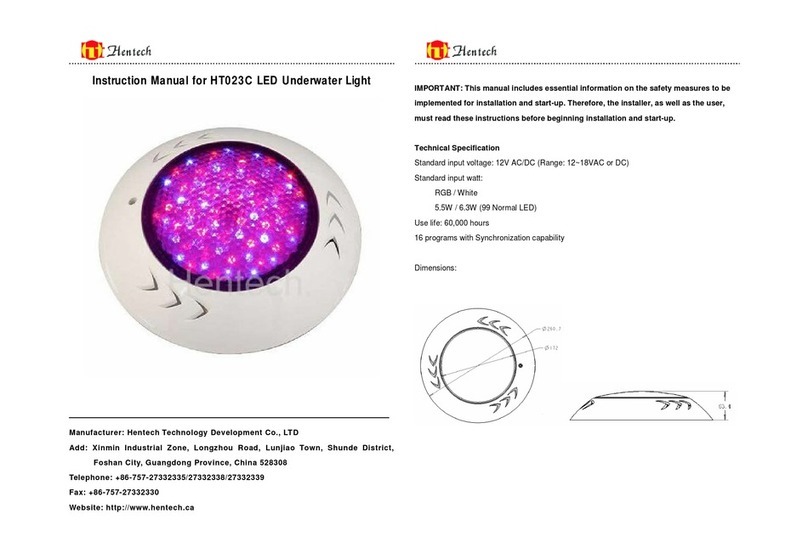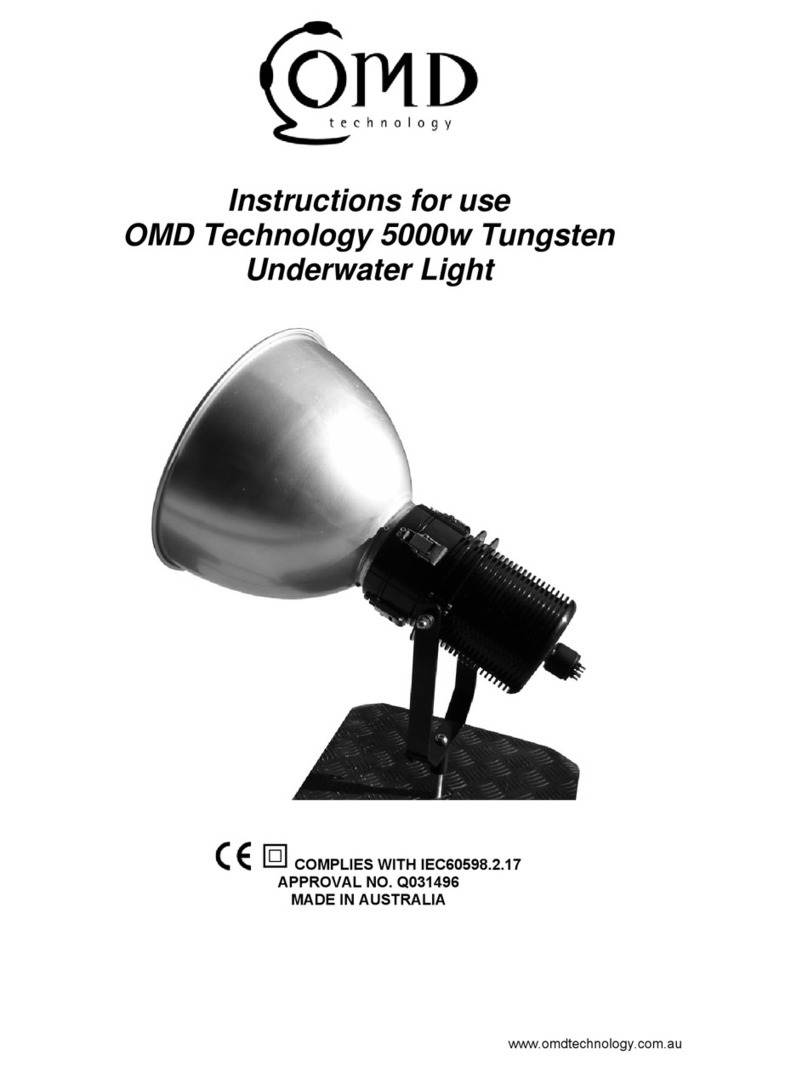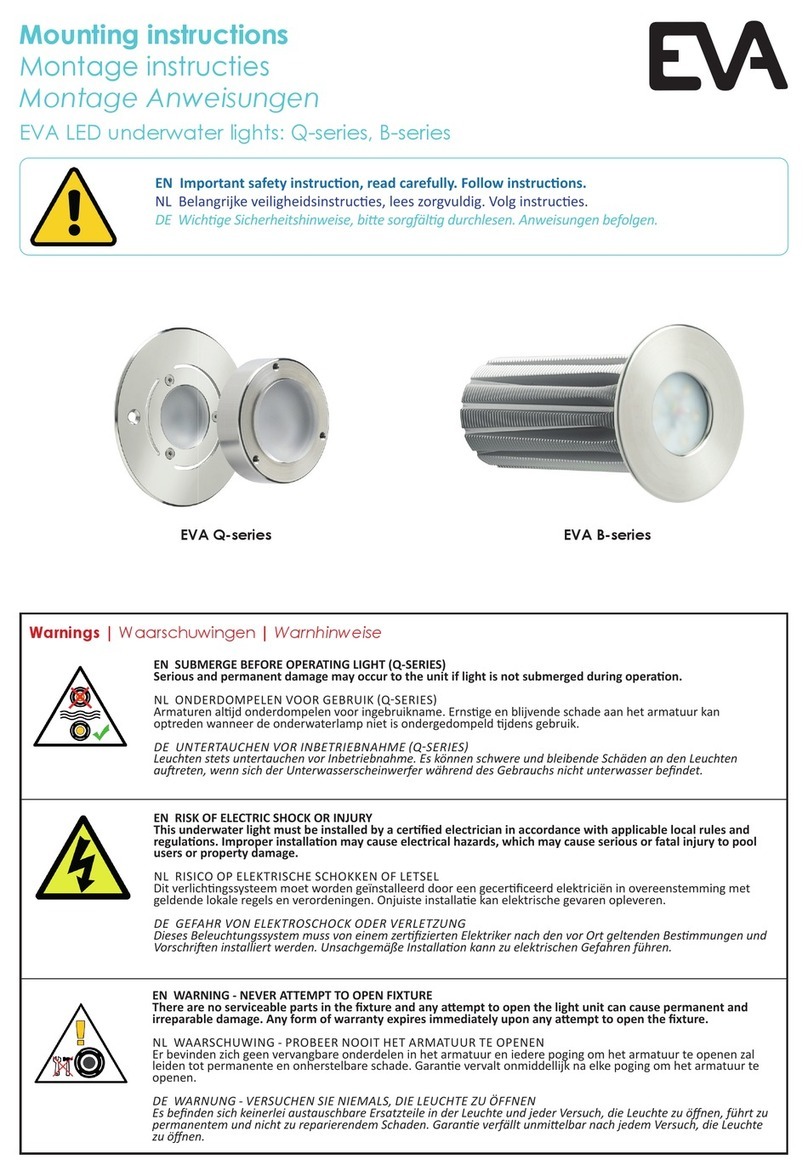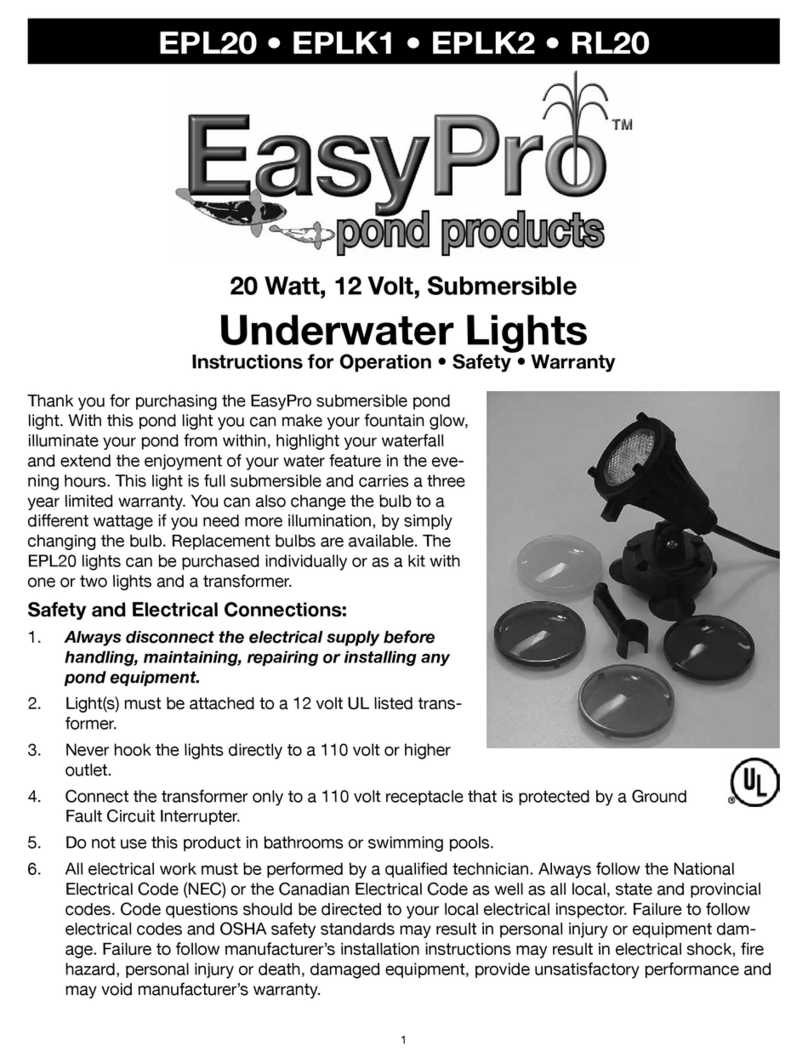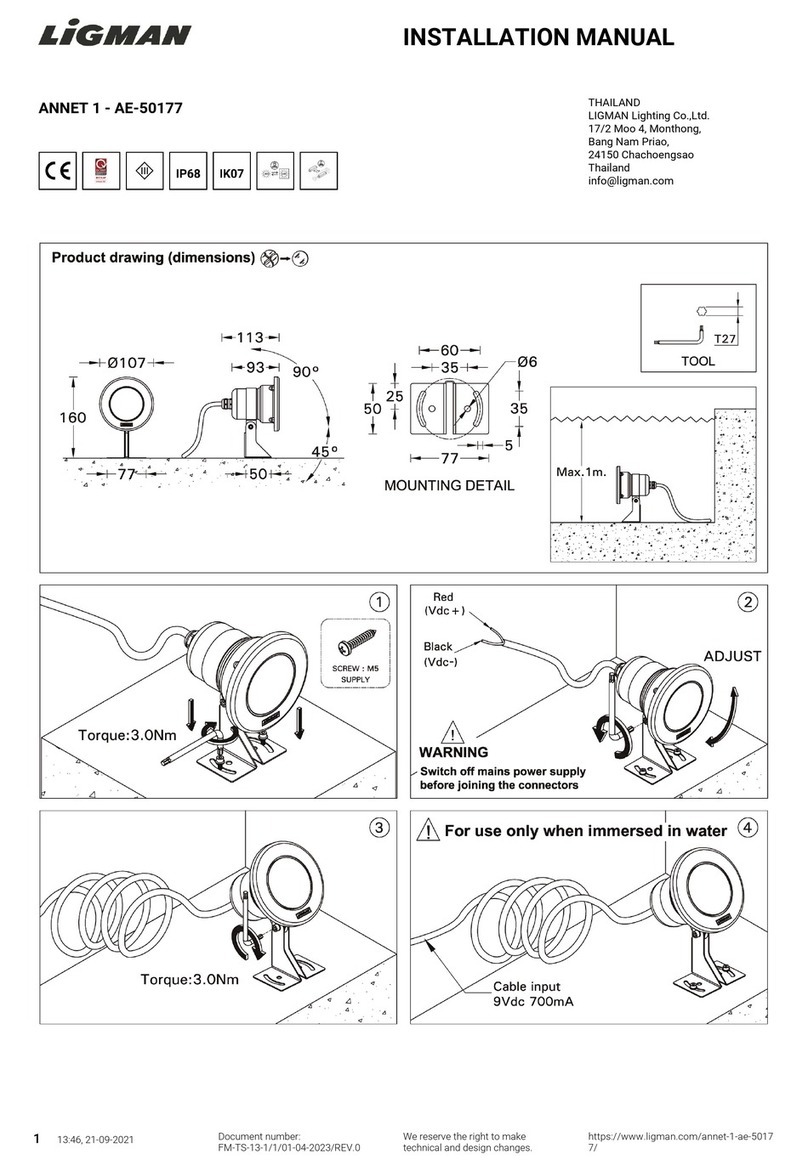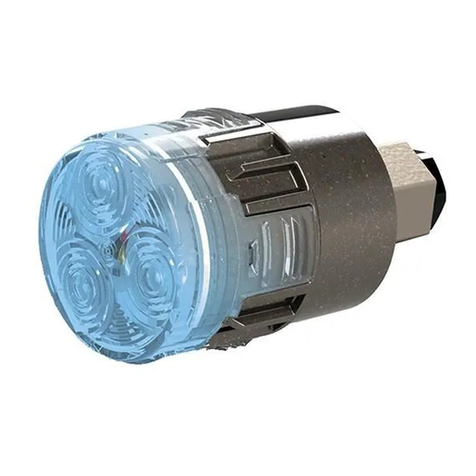
9
»To extend the lifetime of the pack, avoid fully discharging the
battery pack.
»If the battery pack is nearly depleted, we recommend charging
to approximately 50% prior to long-term storage.
»When storing for extended periods of time, cycle the battery
pack by discharging and charging at least once every six (6)
months. Failure to cycle the pack will reduce the capacity of
the battery pack over time.
»Approximately 20-40% of the battery pack capacity will drain
when left idle for a month. The lost capacity will typically be
recovered after two or three charge/discharge cycles. Lost
capacity may not be recoverable if the battery pack is stored
for over 6 months without cycling.
»Do not recharge a fully charged battery pack.
»Disconnect the charger from the battery pack and outlet when
not in use.
»This charger is for indoor use only in dry locations. Keep the
charger away from re and other sources of heat.
»Battery pack and charger contain no user-serviceable parts.
Do not attempt to open these products. Replace if damaged.
Charge the battery pack in a cool, dry place. Operating and storage
temperature is 5ºC/41ºF to 30ºC/86ºF. Never leave the battery pack
unattended while charging.
The charging indicator LED on the front of the smart charger indicates
the charge cycle. The indicatory may take a few seconds after
plugging into a battery pack to reect the current charge state.
